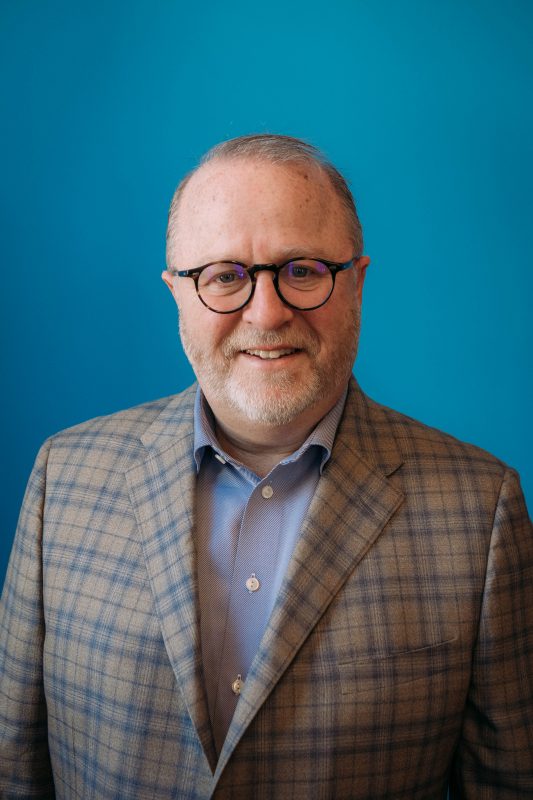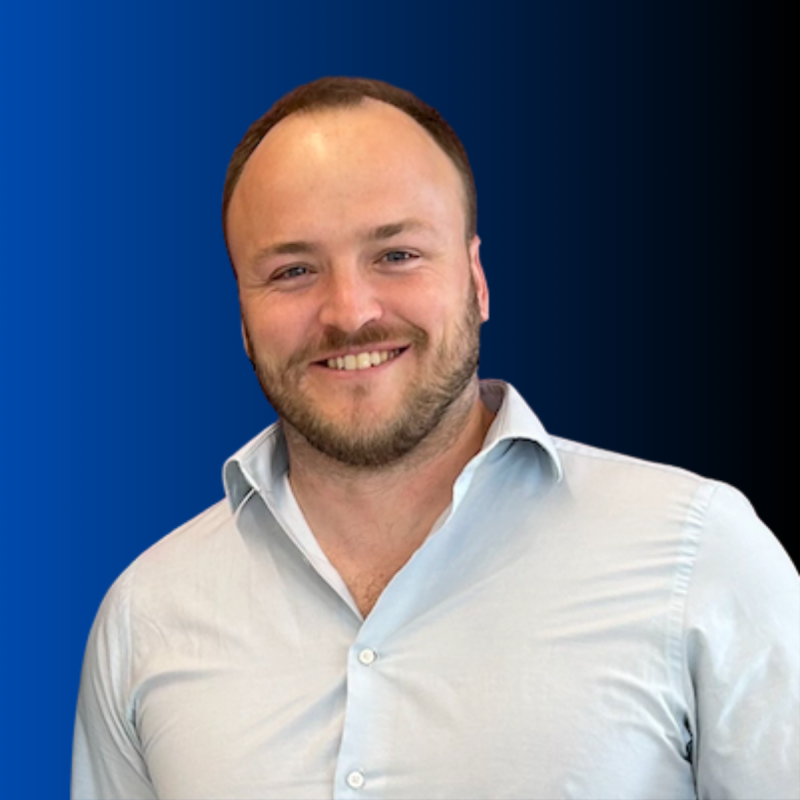By: Kenneth L. Londoner, MBA, Founder, Chief Executive Officer, Chairman, and Director
What is Afib?
Atrial Fibrillation, or Afib, is the most common heart rhythm disturbance affecting over 33 million people across the globe. Afib occurs when erratic electrical signals cause the two upper chambers of the heart (the atria) to contract fast or irregularly.[1] Afib and other types of arrhythmia—particularly when left untreated—can lead to serious health consequences, including blood clots, stroke, and even sudden cardiac arrest.
The increased likelihood of stroke is a top concern for Afib patients and healthcare professionals. Individuals with Afib are five times more likely to suffer from a stroke. Recent studies have also found a startling correlation between Afib and other neurological disorders, including a 50% increased risk of dementia and a 30% increased risk of Alzheimer’s. [2] In the U.S. alone, Afib is responsible for over 750,000 hospitalizations and over 158,000 deaths annually. Experts predict Afib occurrences in the U.S. will exceed 12 million by 2030.
In addition to the significant adverse health effects, Afib is also financially devastating, representing a $26 billion healthcare problem in the U.S. in 2020. It is expected to top $55 billion by 2030. [3]
An Unmet Clinical Need – Finding the Right Signal
Afib often requires more effective treatment than lifestyle changes or medication alone. In these cases, a common next step for Afib patients is the minimally invasive procedure known as catheter ablation. During the procedure, a physician (electrophysiologist) will advance a flexible catheter to the patient’s heart to ablate (remove) the electrical signals disrupting a normal cardiac rhythm. However, navigating and deciphering the multiple, intricate pathways of the heart’s electrical system is complicated and requires a physician to analyze a large amount of cardiac data and signal information in real-time.
Like the challenge of trying to understand illegible handwriting, cardiac signals can be tough to read and interpret. The ability to distinguish a signal of interest (the arrhythmia) from external noise, artifacts, or aliasing is critical to a successful procedure and a common procedural challenge. Unfortunately, even the most skilled physicians must sometimes resort to guesswork or their own intuition while performing an ablation.
Recent studies have demonstrated that ablation is significantly more effective in correcting Afib than the drug therapy alternative.[4] However, a reliance on mixed or ambiguous signal data continues to compromise procedural success rates. Recurrent Afib is still a problem today, with 20-50% of patients requiring a repeat ablation.[5]
The PURE EP™ System – Showing the Heart Back to Right Rhythm
BioSig Technologies, Inc. developed the PURE EP™ System to address unmet needs in electrophysiology, a field of healthcare that has been hungry for innovation for nearly two decades. The PURE EP™ functions much like a professional translator of the heart, capable of revealing the full range of cardiac signals with precise, unaltered clarity so that physicians can make clinical decisions with more confidence and assurance.
Like most concepts in electrophysiology, the system’s advanced technology hails from the widely recognized 2-lead ECG. But, unlike the small, digital cardiac monitor observed at a standard hospital bedside, the PURE EP™ System’s intelligent software and hardware preserves the purity of cardiac signals without the presence of noise or manipulation.
PURE EP™ is the puzzle piece that, finally, completes the entire cardiac picture. As physicians continue to discover its immense value, so too do they continue to discover the small, fractionated, erratic electrical signal causing the arrhythmia. With over 60 physician users, 1,260 patient cases conducted, and a strong portfolio of clinical data to date, the PURE EP™ System is quickly gaining recognition as the much-anticipated technological solution to a known clinical challenge.
BioSig Technologies, Inc – Sending A Clear Signal Across Cardiac Care
BioSig Technologies is an emerging growth bioelectronic intelligence company focused on meeting the unaddressed needs in healthcare. Given its team’s substantial collective skillset in electrophysiology, BioSig is equipped with the know-how needed to empower physicians to deliver the best possible outcomes for their arrhythmia patients.
Since the company’s founding in 2012, BioSig has attracted a diverse, highly skilled team of medical technology professionals, along with partnerships and support from some of the nation’s top medical centers, including Mayo Clinic, University of Pennsylvania, Weill Cornell Medical Center, Texas Cardiac Arrhythmia Institute, Massachusetts General Hospital, and more.
As a bioelectronic intelligence company, cardiology is just the beginning for BioSig. The overarching field of bioelectronic medicine explores treatments that target the electrical activity—beyond the heart—across the whole human body. Stretching its competence in cardiac signal intelligence, BioSig aspires to leverage its proprietary technology to improve treatments in new, unmet disease areas.
The accurate and precise interpretation of the body’s physiological signals could unlock the future of health innovation, and that is exactly what BioSig focuses on to advance this promising new field of healthcare.
References
[1] https://www.news-medical.net/health/Atrial-Fibrillation-(AF).aspx (News Life Science)
[2] Atrial fibrillation linked to increased risk of dementia, even in stroke-free patients, European Society of Cardiology, June, 2019.
[3] Projections of Cardiovascular Disease Prevalence and Costs: 2015-2035, A Report prepared for American Heart Association
[4] https://www.nejm.org/doi/full/10.1056/NEJMoa2029554 (New England Journal of Medicine)
[5] Persistent Atrial Fibrillation Often Requires Multiple Catheter Ablations (stopafib.org)




